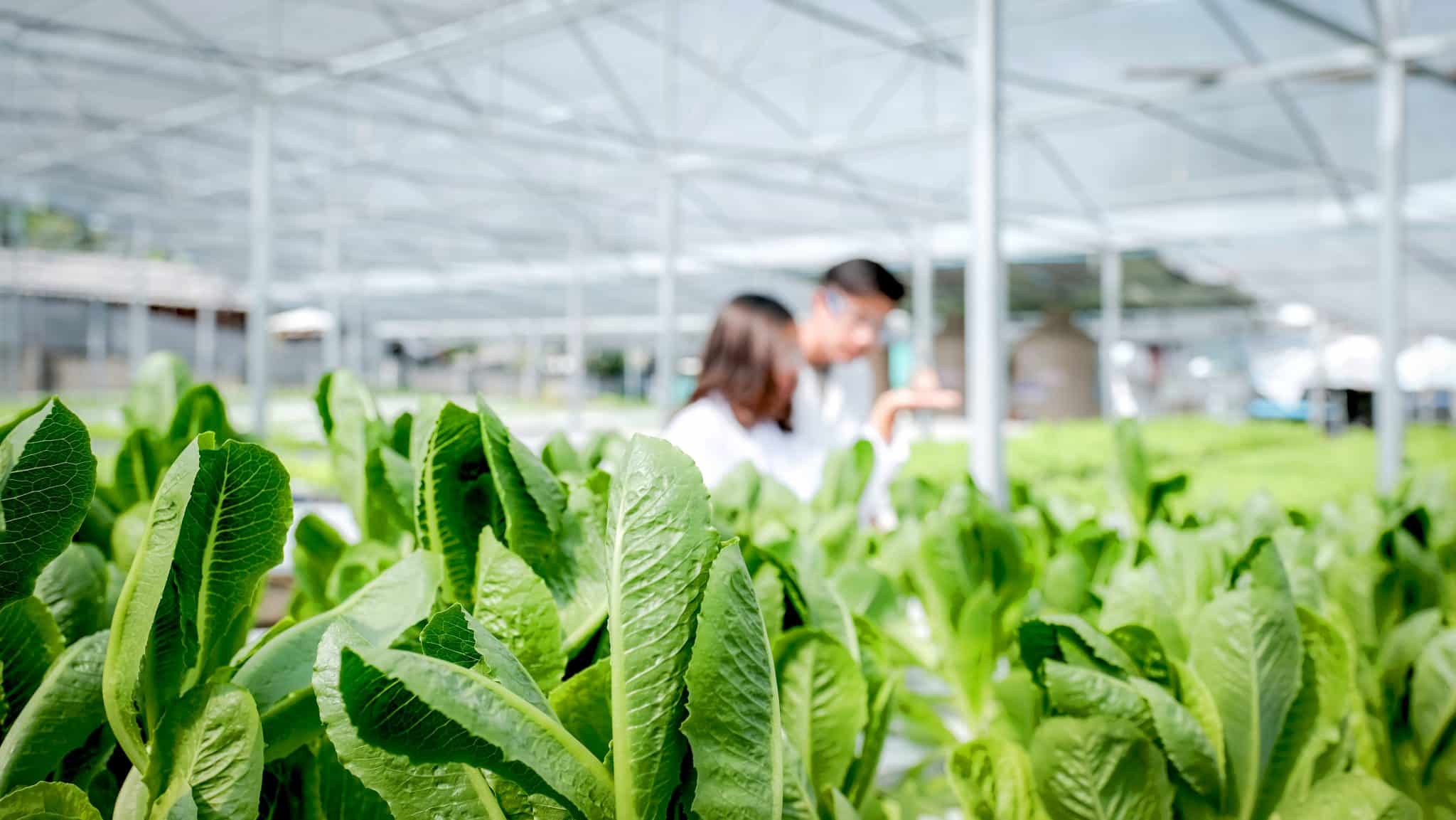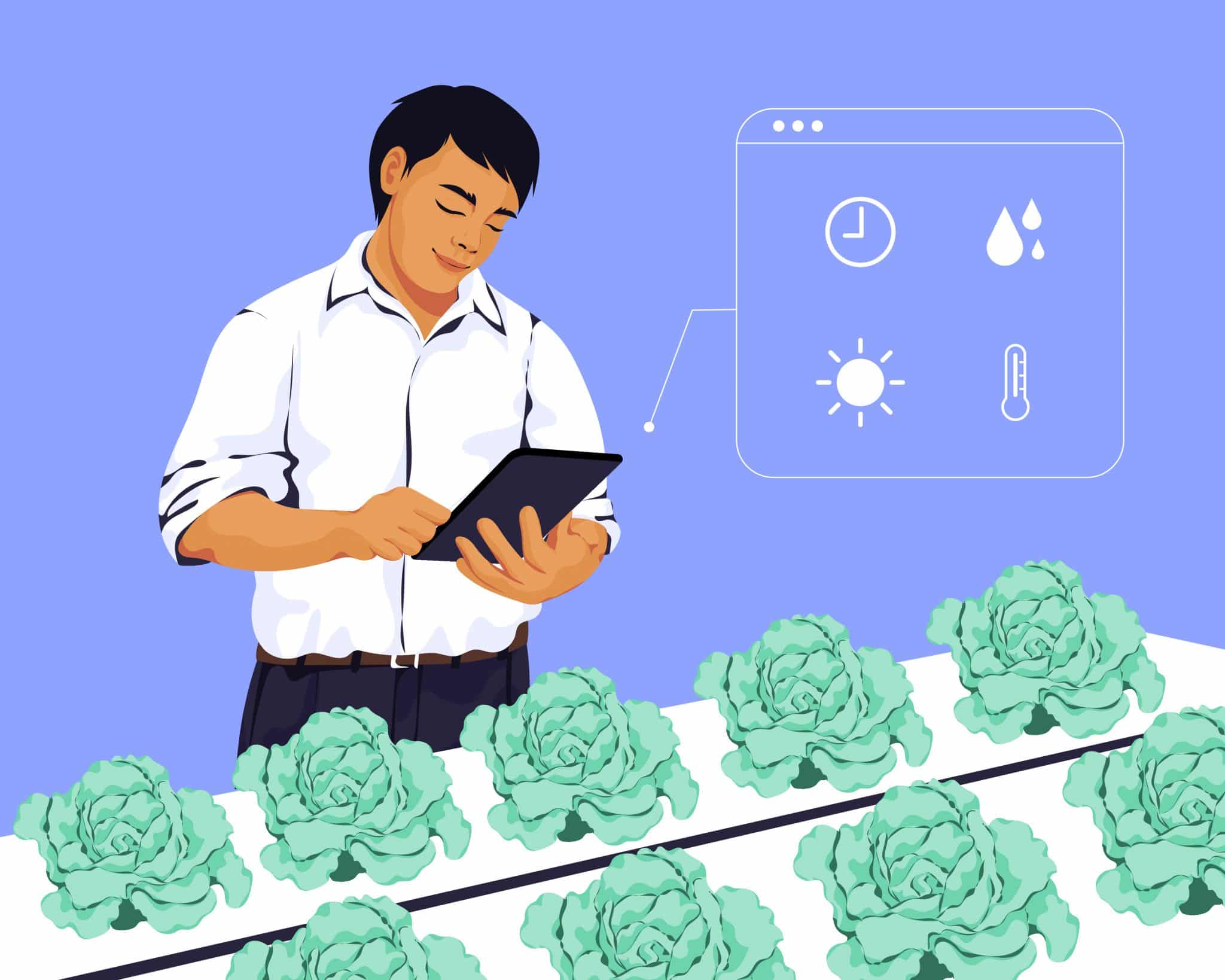If you’re interested in starting a hydroponic system, you must know the right equipment to buy. With a few supplies and a little knowledge, it can be simple to set up a successful hydroponic growing system.
This blog post will walk you through everything from choosing the right equipment to setting up your grow space. By the end of this post, you’ll be ready to start developing healthy plants without soil.
Supplies Needed to Start a Hydroponics System
A few supplies are required to set up a hydroponic system. We recommend creating a grow room supplies list to ensure you don’t miss any necessary parts or equipment.
Consider the following checklist to help you get started:
While some prefer to build their grow systems for customization, purchasing a complete hydroponic system provides the convenience of having a pre-built system. Consider pairing this with a grow tent kit to have an all-inclusive package of hydroponic farming supplies you need.
How to Start a Hydroponics System: 7 Steps
Growing with hydroponic systems is one of the easiest ways to produce plants. With the following seven easy steps, you will be on the way to growing crops indoors all year long.
1. Buy or Build a Hydroponics System
Many types of hydroponic systems are available and various tools are required to set them up. The one you’ll need depends on what you’re cultivating, grow room space, and gardening goals. Before buying supporting supplies, you must confirm which hydroponic system you want to use.



2. Choose a Growing Medium
Many types of growing media can be used in hydroponic systems, and all of them have various requirements for the best results. For example, slow drainage media such as coconut coir and rockwool are best applied to drip systems because it supports the slow watering process the system requires.
Some popular growing media options hydroponic growers choose are:
The growing medium replaces the soil typically used in a garden. Some plants can be grown directly in the water without any growing medium. If you choose to grow without a medium, selecting a water-wicking material like cotton is vital to keep the plant from absorbing too much moisture.



3. Setup a Water Irrigation System
Setting up a water irrigation system for an indoor hydroponic garden can be straightforward when you know the components required.
Here’s the best rule of thumb when setting up grow room irrigation:
- Choose a grow container with a sufficient water reservoir
- Purchase a water timer to automate plant feeding schedules
- Buy a water pump, tubing, and fittings and attach it to the reservoir
This will help ensure your hydroponic garden receives adequate nutrition and maintain an even amount of moisture throughout its plant roots.



4. Install a Grow Light System
Grow lights are one of the fundamental pieces of starting a hydroponic system. It mimics the sunlight that plants need to thrive in an indoor artificial environment.
- Select the type of grow light system for your needs
- Determine the best placement to cover your hydroponic garden with light adequately.
- Use a light timer that mimics normal sunlight hours — brighter day exposure and periods of darkness at night
- Buy light reflectors to maximize light coverage and increase canopy penetration
With a properly installed grow lighting system, you’ll be off to a great start in a successful hydroponic farm.



5. Give Your Plants the Nutrient Solution They Need
Plants require various types of nutrients, and the solution you need depends on plant breed and the hydroponic system used.
Hydroponic nutrient solutions can contain various elements, supplements, and additives, including:
- Nitrogen
- Phosphorus
- Potassium
- Magnesium
- Calcium
- Sulfur
- Zinc
Always research the proper balance of macro- and micro-nutrients for your specific plant’s growing requirements. Ensure those levels are continually maintained by supplementing with special fertilizers specifically designed for hydroponics systems.
Remember, regular plant nutrients are different from a hydroponic plant nutrient solution.
6. Prepare for Propagation
For successful plant propagation, it is important to have the right environment and materials. A stable and temperature-regulated space is essential, as well as grow lights that match your plant’s photosynthetic requirements.
Here is a list of the equipment you’ll need for propagation:
- Air pumps and air stones
- Water pump
- Grow trays or containers
- Water with adequate pH and nutrients
- pH test kits
- Seeds or cuttings of the desired plants
Depending on your hydroponic setup, additional supplies, such as wicking materials, nutrient misting tools, and more, may be required. It is important to research the specific needs of your hydroponic plants so that you can prepare the perfect environment for them to propagate properly.



7. Choose the Right Harvest Tools and Supplies
Hydroponic gardening produces more yields than conventional soil gardening because it accelerates plant growth. High-yield production requires proper harvesting tools to prevent plant damage, such as trimmers and storage.



Start a Successful Hydroponics System Today
Now that you know everything you need to start a hydroponic grow system, next is to start shopping for supplies. GrowGeneration has the equipment that home and commercial growers need for a successful hydroponics garden.
Shop hydroponics supplies, find your nearest Grow Generation store, or contact a GrowPro for questions today!







